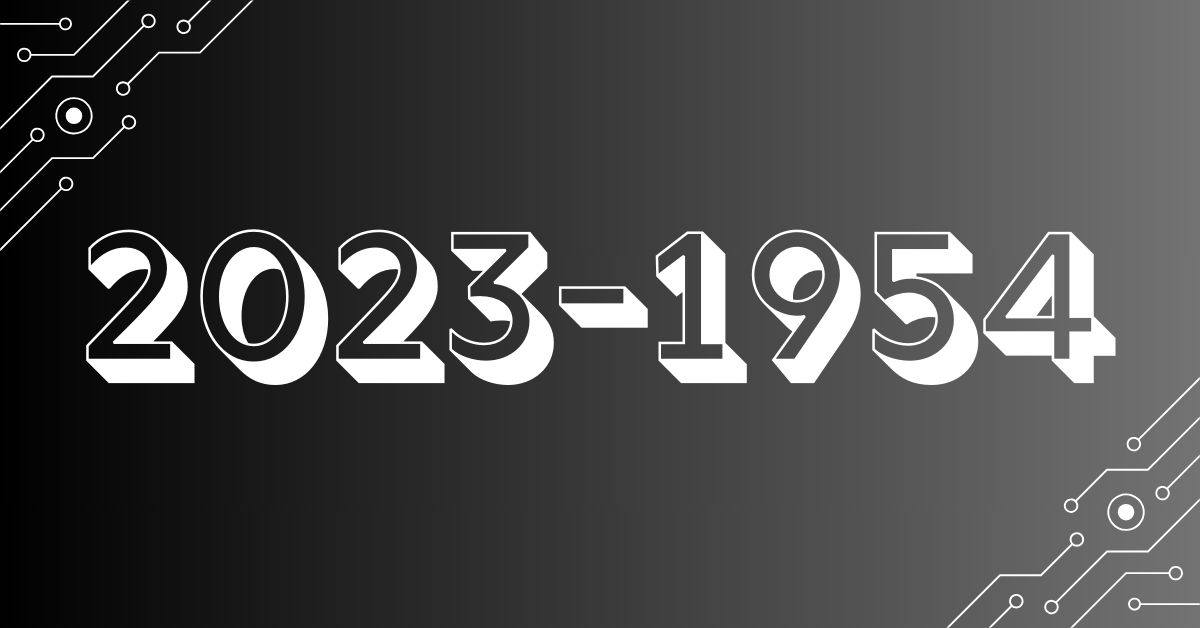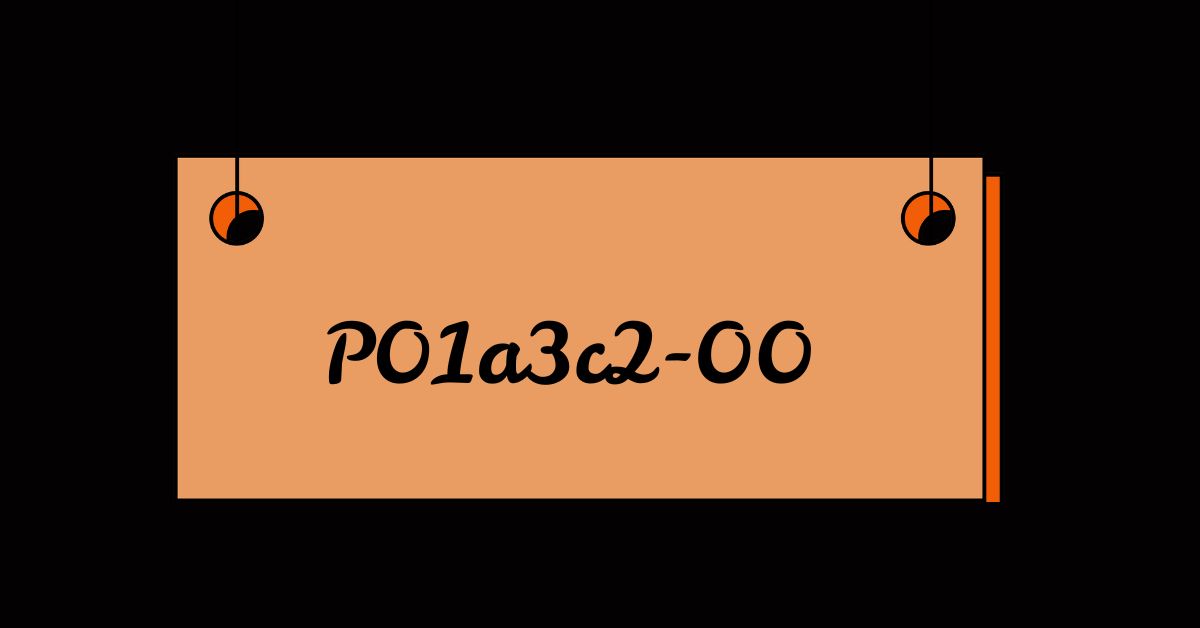Welcome to an exciting journey through time! Imagine hopping into a time machine and traveling from the bustling world of 2023 back to the simpler days of 1954. This journey isn’t just about technology or politics; it’s about understanding how our world has transformed in countless ways. Buckle up as we explore the incredible changes that have shaped our lives.
The World in 2023
In 2023, we live in a world dominated by rapid technological advancements. Smartphones, smart homes, and artificial intelligence are integral parts of our daily lives. Social media connects us like never before, and information is available at the tap of a screen.
Our social and cultural landscape is vibrant and diverse. We celebrate inclusivity, champion human rights, and continually push the boundaries of creativity in arts and entertainment. Politically, the world is a mixed bag of stability and turmoil, with nations navigating complex relationships on the global stage.
The World in 1954
Let’s step back to 1954, a time when the world was recovering from the aftermath of World War II. The mood was hopeful yet cautious, as nations rebuilt and societies aimed for stability. Life was simpler, slower, and less connected.
Culturally, 1954 was a time of strict social norms and distinct gender roles. The political atmosphere was charged with the tensions of the Cold War, as the superpowers vied for global influence. Daily life revolved around local communities, and television was just beginning to become a household staple.
Technological Evolution
The leap in technology from 1954 to 2023 is astounding. In 1954, communication relied heavily on landline telephones and postal mail. Fast forward to 2023, and we have instant messaging, video calls, and social media at our fingertips.
Transportation has also evolved dramatically. The 1950s saw the rise of commercial aviation, making air travel more accessible. Today, we’re looking at electric cars, high-speed trains, and the potential for commercial space travel. Medical technology has seen breakthroughs that were once the stuff of science fiction, from advanced imaging techniques to personalized medicine.
Cultural Shifts
Cultural shifts have been profound. The 1950s were characterized by conservative fashion and rock ‘n’ roll music that was just beginning to revolutionize the scene. Today’s fashion is diverse and fast-changing, with trends influenced by global cultures. Music spans countless genres, thanks to digital platforms.
Entertainment has moved from radio shows and black-and-white TV to streaming services offering endless content on demand. Social norms have progressed significantly, with greater acceptance of diverse lifestyles and identities.
Political Landscape
In 2023, major political events include the ongoing impact of global conflicts and climate change policies. In 1954, the world was navigating the early years of the Cold War, with significant events like the McCarthy hearings in the United States shaping the political discourse.
Comparing these periods, we see that while the nature of conflicts has changed, the struggle for power and influence remains a constant. The global political climate has shifted from bipolar power structures to a more multipolar world.
Economic Developments
The global economy of 2023 is highly interconnected, with digital currencies and e-commerce playing significant roles. In 1954, the economy was recovering from wartime devastation, with industrial growth and suburban expansion marking economic progress.
Key differences lie in the nature of work and consumption. The gig economy and remote work define 2023, whereas 1954 was about stable, long-term employment and growing consumerism in a booming post-war economy.
Education and Knowledge
Education in 2023 is characterized by digital learning, online courses, and an emphasis on STEM (Science, Technology, Engineering, and Mathematics). In 1954, education was more traditional, with a focus on rote learning and limited access to higher education for many.
The impact of education on society is evident in the increased literacy rates and the broader dissemination of knowledge today. Innovations in education technology have made learning more accessible and personalized.
Healthcare and Medicine
The advancements in healthcare from 1954 to 2023 are remarkable. In 1954, antibiotics and vaccines were major breakthroughs. Today, we have robotic surgeries, telemedicine, and genomic medicine transforming healthcare.
Public health initiatives have also evolved, with greater emphasis on preventative care and global health security. The lifespan has increased, and quality of life improvements are substantial.
Transportation and Travel
Transportation in 2023 includes electric vehicles, ride-sharing apps, and even the early stages of autonomous cars. In 1954, cars were becoming a common household asset, and interstate highways were being developed.
Air travel was a luxury in the 1950s, but today it’s commonplace. The way we travel has fundamentally changed, making the world more accessible and interconnected.
Entertainment and Media
In 2023, entertainment is dominated by streaming services, video games, and immersive virtual reality experiences. Media consumption is highly personalized and on-demand.
Back in 1954, families gathered around the radio or a single television set to watch programs. The media landscape was limited to a few channels and newspapers, making today’s variety and accessibility truly revolutionary.
Fashion and Lifestyle
Fashion in 2023 is a blend of comfort and style, with a focus on sustainability. In 1954, fashion was formal, with men in suits and women in dresses and skirts.
Lifestyles have changed from community-centric activities to a more individualistic approach, influenced by technology and social media. The shift reflects broader societal changes towards personal expression and convenience.
Environmental Awareness
In 2023, environmental challenges like climate change and sustainability are at the forefront of global concerns. There’s a strong push for renewable energy and conservation efforts.
In 1954, environmental awareness was minimal, with industrial growth often taking precedence over ecological concerns. The progress in environmental conservation reflects a growing understanding of our impact on the planet.
Societal Changes
Social issues in 2023 include equality, mental health awareness, and digital privacy. In 1954, issues revolved around civil rights and gender roles.
Comparing the two eras, there’s a clear shift towards greater social justice and inclusivity today. Societal norms have evolved to embrace diversity and champion individual rights.
Conclusion
Reflecting on our journey from 1954 to 2023, it’s clear that the world has undergone extraordinary transformations. From technological marvels to cultural revolutions, every aspect of life has evolved. Understanding this journey helps us appreciate the progress made and the challenges that lie ahead. History is not just about the past; it’s a guide for shaping the future.
FAQs
What were the biggest technological changes from 1954 to 2023?
The most significant changes include the advent of the internet, smartphones, artificial intelligence, and advancements in medical technology.
How has the political landscape shifted over the decades?
The political landscape has shifted from the bipolar tensions of the Cold War to a more complex, multipolar world with diverse global challenges.
What are the main cultural differences between 1954 and 2023?
Cultural differences include shifts in fashion, music, entertainment, and social norms, reflecting broader societal changes towards inclusivity and individualism.
How has healthcare evolved from 1954 to 2023?
Healthcare has evolved with advancements in medical technology, the introduction of personalized medicine, and a greater emphasis on preventive care and global health security.
What can we learn from comparing 1954 and 2023?
Comparing these years teaches us about the progress in technology, culture, politics, and society, highlighting the importance of adapting to change and preparing for future challenges.







